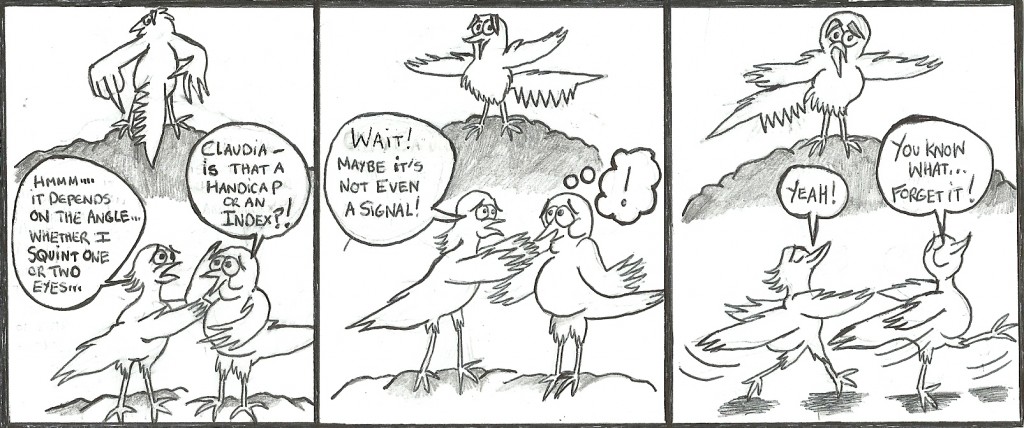It’s hard to know the proper attitude to take toward this idea. Daniel Dennett, after all, is a brilliant and much honored thinker. But I can’t take the idea seriously. He’s running on fumes. The noises he makes are those of engine failure, not forward motion.
At around 53:00 into this video (“Cultural Evolution and the Architecture of Human Minds”) he tells us that human culture is the “second great endosymbiotic revolution” in the history of life on earth, and, he assures us, he means the “literally.” The first endosymbiotic revolution, of course, was the emergence of eukaryotic cells from the pairwise incorporation of one prokaryote within another. The couple then operated as a single organism and of course reproduced as such.
At 53:13 he informs us:
In other words we are apes with infected brains. Our brains have been invaded by evolving symbionts which have then rearranged our brains, harnessing them to do work that no other brain can do. How did these brilliant invaders do this? Do they reason themselves? No, they’re stupid, they’re clueless. But they have talents the permit them to redesign human brains and turn them into human minds. […] Cultural evolution evolved virtual machines which can then be installed on the chaotic hardware of all those neurons.
Dennett is, of course, talking about memes. Apes and memes hooked up and we’re the result.
In the case of the eukaryotic revolution the prokaryots that merged had evolved independently and prior to the merging. Did the memes evolve independently and prior to hooking up with us? If so, do we know where and how this happened? Did they come from meme wells in East Africa? Dennett doesn’t get around to explaining that in this lecture as he’d run out of time. But I’m not holding my breath until he coughs up an account.
But I’m wondering if he’s yet figured out how many memes can dance on the head of a pin.
More seriously, how is it that he’s unable to see how silly this is? What is his system of thought like that such thoughts are acceptable? Continue reading “Dennett’s Astonishing Hypothesis: We’re Symbionts! – Apes with infected brains”


